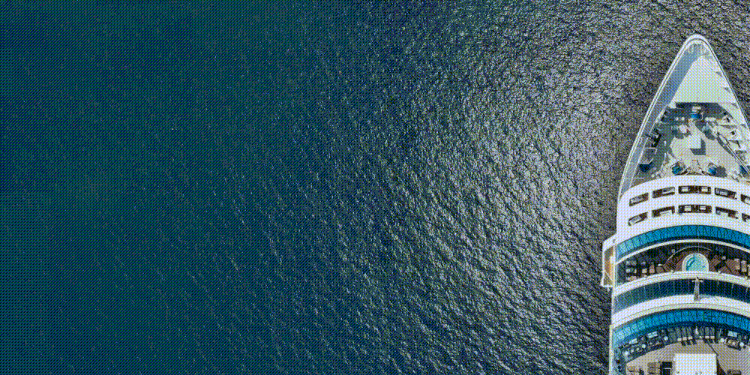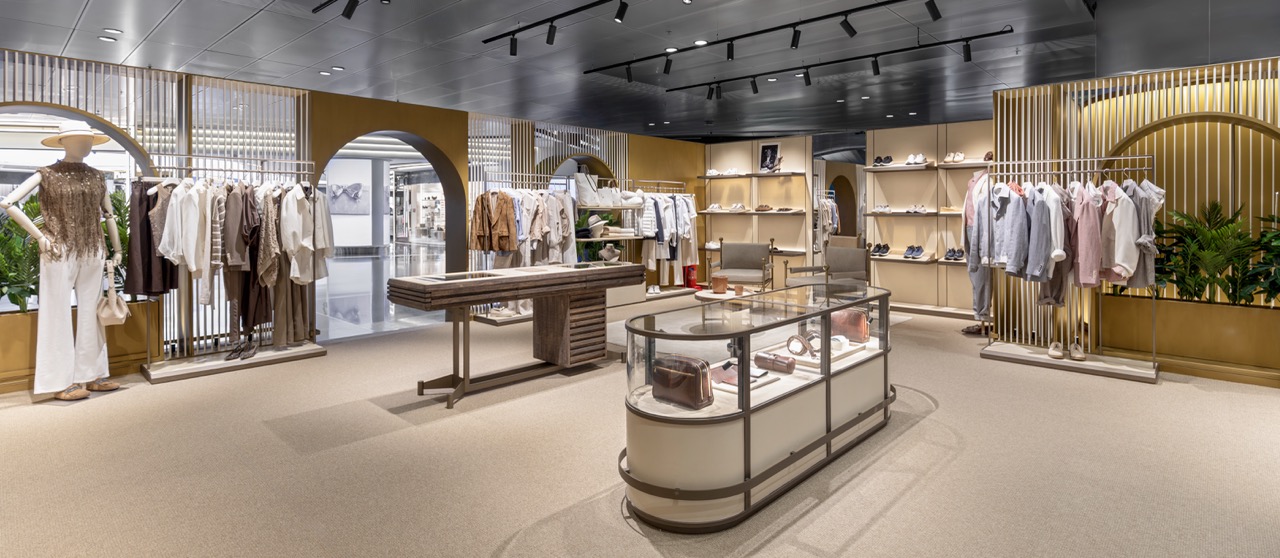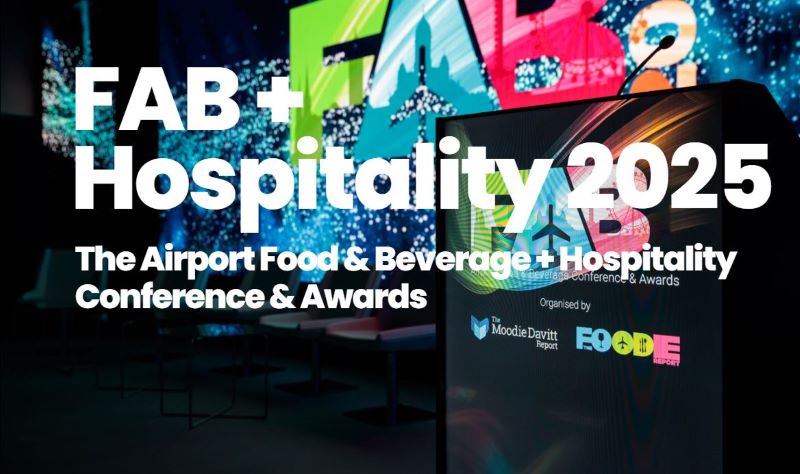In this contributed column dedicated to the cruise sector, leading retailer Harding+ discusses the changing customer profile and the importance of data in adopting a flexible approach to cruising.
After three years of uncertainty, cruise guest bookings are set to surpass pre-pandemic levels during 2024. What makes this so pivotal is the high level of ‘new to cruise’ customers and the shifting next-gen demographics that make up a significant portion of those bookings. We’re entering a new era of cruising, and that means a new kind of cruise retail.
There are many factors in what might attract new customer profiles to cruise ships, from perceived value for money, to exciting itineraries to eye-catching advertising campaigns. To ensure that the retail experience keeps pace with the changes in customer, Harding+ needs to investigate these trends, build new models for success and implement them. Making every cruise better is always the goal and it is always in motion.
This means a more tailored retail offering, more customer-focused thinking, more store designs that surpass some of the best landside experiences, more multichannel and digital creativity, and more ‘customer delight’ goals front and centre of more collaborative decision-making.
Within this, unparalleled levels of data and listening are important to crack the challenge of each ship and avoid one-size-fits-all thinking for customer groups that vary so significantly.
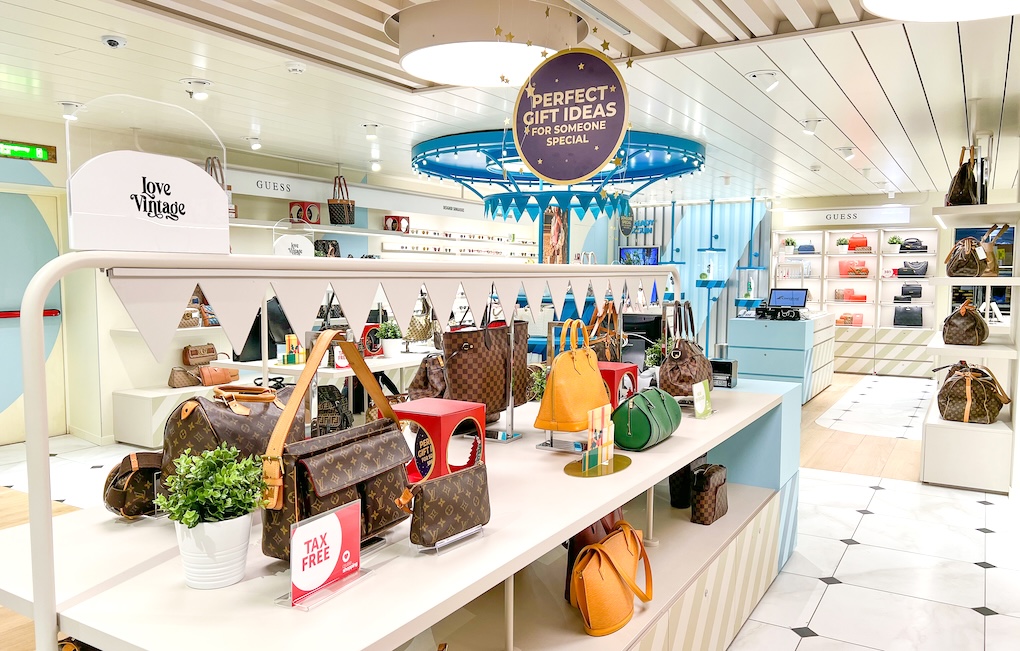
The data
Understanding who boards a ship, from where and how often, as well as what they buy, want and would like to see next time, all build a rich profile tapestry. And it’s the multi layers and sources of data that help us land right range, right place, right time and with the right impact.
Harding+ digests data directly from cruise partners, from our own sales records and from the more than 30,000 guest surveys that we have undertaken. But we also use local census data from port towns, broader behavioural market trends and destination-focused insights from brand partners. We need to stay ahead of next-gen customer needs and not just follow.
The understanding needed to provide the best experience isn’t isolated to what goes on aboard the ship; it encompasses behavioural, historical and geographic material. Only through meticulous management of these data points are we able to truly optimise the retail experience, keep it fresh and keep it exciting.
“As the seasons change and the ships traverse the globe, the demographics and behaviours shift, and the way the shops are stocked, marketed and managed shift along with them”
The destination
Fundamental to retail growth is having built-in mobility, flexibility and a rich understanding of destination-driven value, as ships switch seasonally between, for instance, the Caribbean, the Med and the Fjords. As the seasons change and the ships traverse the globe, the demographics and behaviours shift, and the way the shops are stocked, marketed and managed shift along with them.
This includes managing the goods, training the shipboard retail teams, deciding which categories and brands to spotlight, and devising marketing campaigns. This begins with data and ends with insight.
As an example, on one ship’s Scandinavian itinerary a younger demographic has emerged, with the average age of passengers dropping to 46.1 – almost eight years younger than the historic average and reflective of the fact that more families are choosing to cruise. The percentage of first-time cruisers also increased by over +30% compared to the ship’s historic average.
Identifying these changes helped with two areas of focused planning:
Firstly, ensuring that pre-cruise communications were prioritised so that eager first timers could be informed about the kind of retail experience they could look forward to.
Secondly, partnering with brands and creating experiences that would appeal to that audience. In this case the focus was on brands with a quintessentially Nordic feel, presented in a style which referenced the history and mythology of the region, thereby increasing the family appeal and making the retail space more engaging for children.
Just as our stores are constantly on the move, so is the refining of range and the targeting of communications.
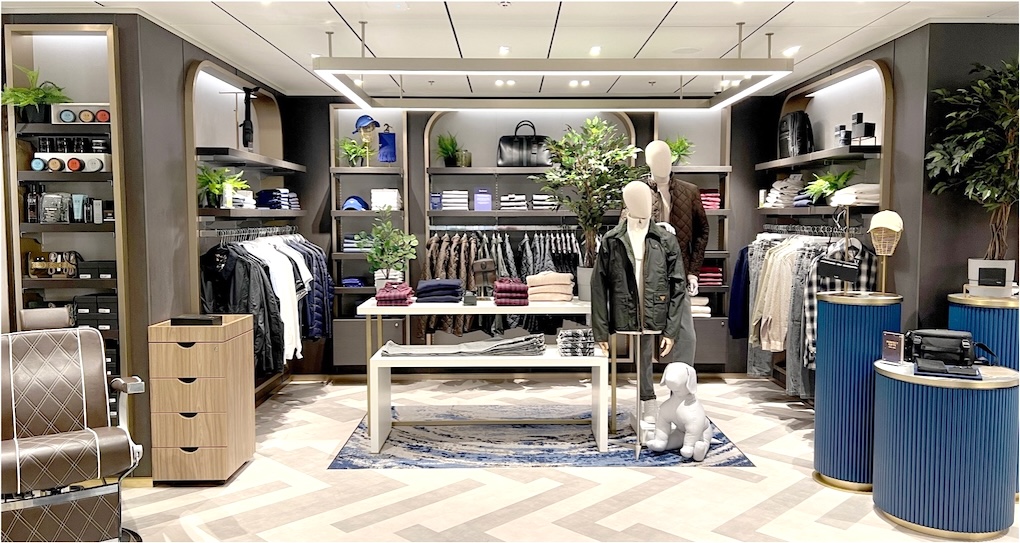
The experience
Although in theory retail is limited by space and store dimensions, next-gen thinking has to move beyond that. For a recent ship launch, breaking down traditional shop walls to create a more open-flow retail space made more sense. Fewer guest boundaries in play allowed for more room to turn heads, build the theatrical and ensure our retail offering could land the entertainment factor.
The experiences Harding+ can offer are, to a certain extent, bound to the spaces we have to work with. For existing ships, this means we are always looking for opportunities to refresh and refurbish; for new ones, we have the opportunity to create something entirely different. Our new retail designs have focused on increasing the amount of open space, directing passenger flow and creating areas ideally suited to pop-up installations and more theatrical brand displays. Concepts like these entice passengers to stay longer, try new things and discover more about the onboard brands.
When there is a long, relaxed dwell time in play, the joining up of channels is key. Cruise offers the perfect platform for integrated test and learn opportunities, and for product launches and experiences where guests have time to while away and inclination to share feedback.
This doesn’t begin and end in the shops, however. Recent brand activations and long-term partnerships have included events in restaurant and bar areas, marketing material displayed across multiple decks and areas, special offers and gifts in passenger cabins and email updates prior to boarding and post-disembarkation. This way, the retail experience is integrated into the ship’s DNA and passengers can interact with brands in ways that aren’t available anywhere else.
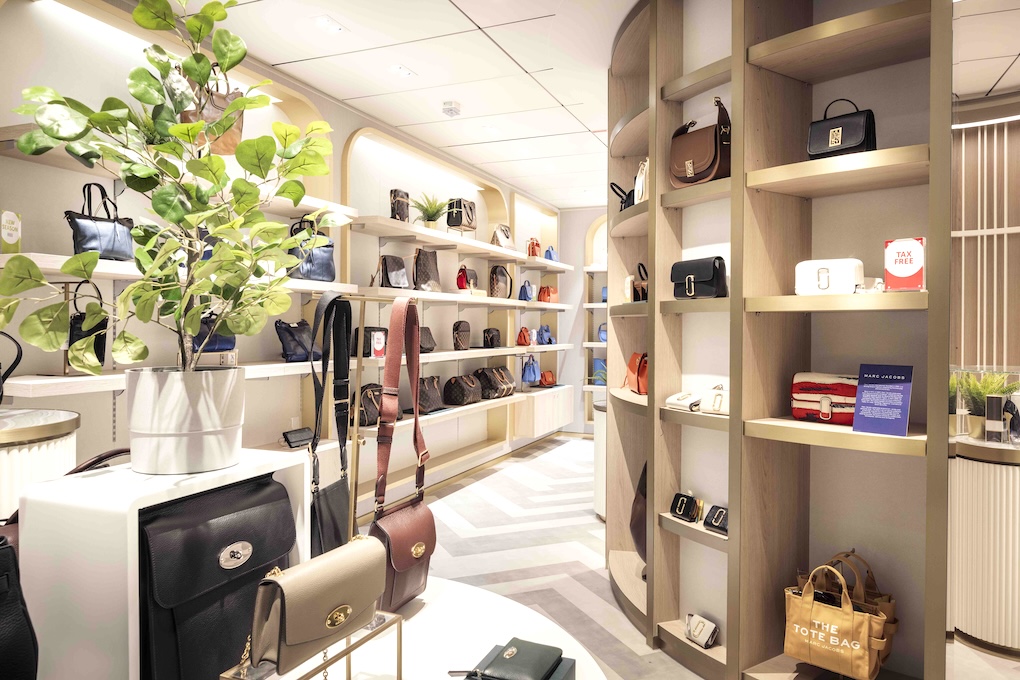
The tech
Building such a comprehensive experience requires a balance between analogue and digital. With emergent trends come fascinating new ways to implement technology into the retail experience and this is as true on cruise ships as it is anywhere else.
Recent examples of this include the use of augmented reality to create a digital try-on experience for passengers with different styles of sunglasses. Another feature we recently launched enables passengers to create and print gift ribbons with personalised messaging.
On many ships we now have a strong QR code presence across stores and signage, in daily papers onboard, on retail screens, and on cabin screens. These are used, for example, for digital gift guides and cocktail recipe and serve ideas to drive duty-free liquor sales. Each QR code is easily adaptable, meaning content can change without the need for endless new codes.
These solutions all come with valuable datapoint learnings for future thinking. Pivotal though this is, it’s only one part of the story – there’s plenty happening behind the scenes.
All the new brands and special events in the world mean precious little if the stock can’t reach the ship in time, and with increasing demand and rapid changes in customer profile, it’s all the more important to be able to pivot rapidly and repeatedly. This is where our supply chain technology and partnership with Dataviva comes into play.
Dataviva builds planning and development tools using an array of AI-driven mechanisms, and our partnership has resulted in a cutting-edge, bespoke forecasting and replenishment solution. Through this, we have been able to automate a number of critical processes, monitoring delivery routes, updating timings and catching other sudden changes before they cause problems. Through these levers, product availability becomes more consistent and we can ensure that our customers have more of the stock they want and less of the stock they don’t want.
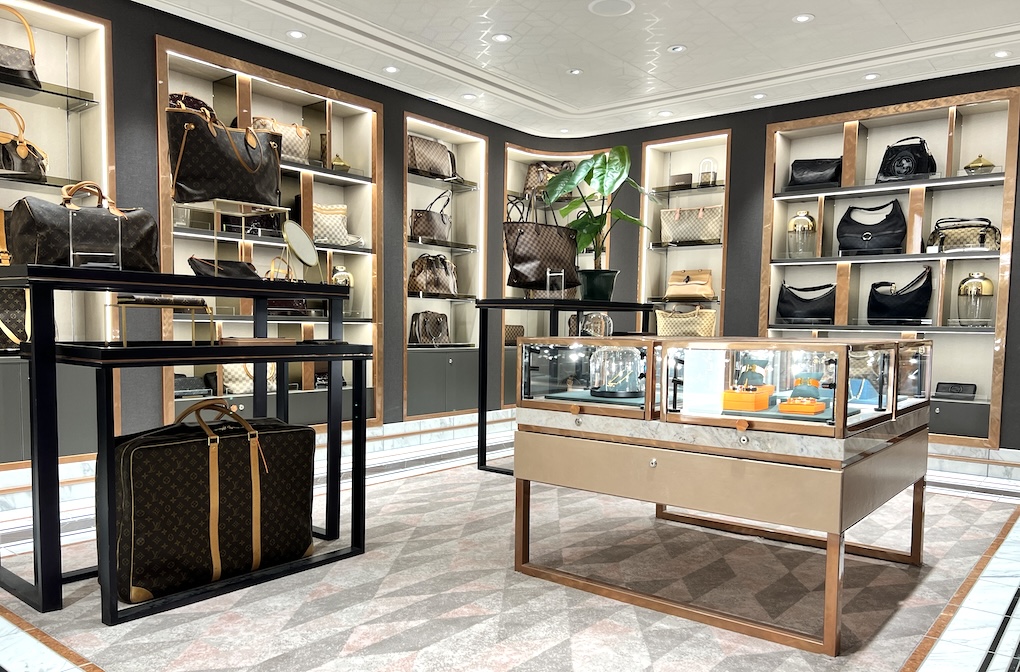
The brands
There should be little surprise in the constant evolution and flow of ‘first at sea’ brands helping to build fresh and relevant guest experiences and selected with surgical precision to match the data and guest insights.
The patterns are laid out, the experiences are mapped, the technology is in place and all systems are go. The stage has been set to showcase brands and products, and the key differentiator is ‘first at sea’.
In the past year we have helped introduce dozens of new brands to cruise, from fragrances to sports apparel to handbags. Once again, the evolving customer profiles have informed the way we approach this and we work hard to meet brands at key points on their own journeys to pinpoint the optimal time and place to take them to sea. Sometimes that’s with a brand-new ship, sometimes a specific destination. In some cases, we’ve even sent key brand representatives on round-the-world cruises to educate customers about their products and company history.
Being able to claim that your brand or product is available at sea for the first time, or exclusively available on a specific ship or cruise line is a key differentiator, but we go further than that. The spaces we develop and the joined-up experiences we can create across entire ships afford brands an opportunity to showcase products in ways which wouldn’t be possible anywhere else. More than exclusivity, cruise ships are a proving ground for marketing strategies and special offers.
All of these factors come together as the future of cruise retail drifts into focus. For Harding+, the driving mechanism is in creating something as structurally sound as it is beautiful, a model that can adapt and realign to different audiences without sacrificing efficiency or failing to integrate new tools and trends.
The value of automation and technology will deliver increased commercial success. ‘Making every cruise better’ isn’t a static mission, but one where ‘what’s next and who for’ are the constant and positive questions in play. ✈
*This feature first appeared in The Moodie Davitt eZine. Click here for access.


